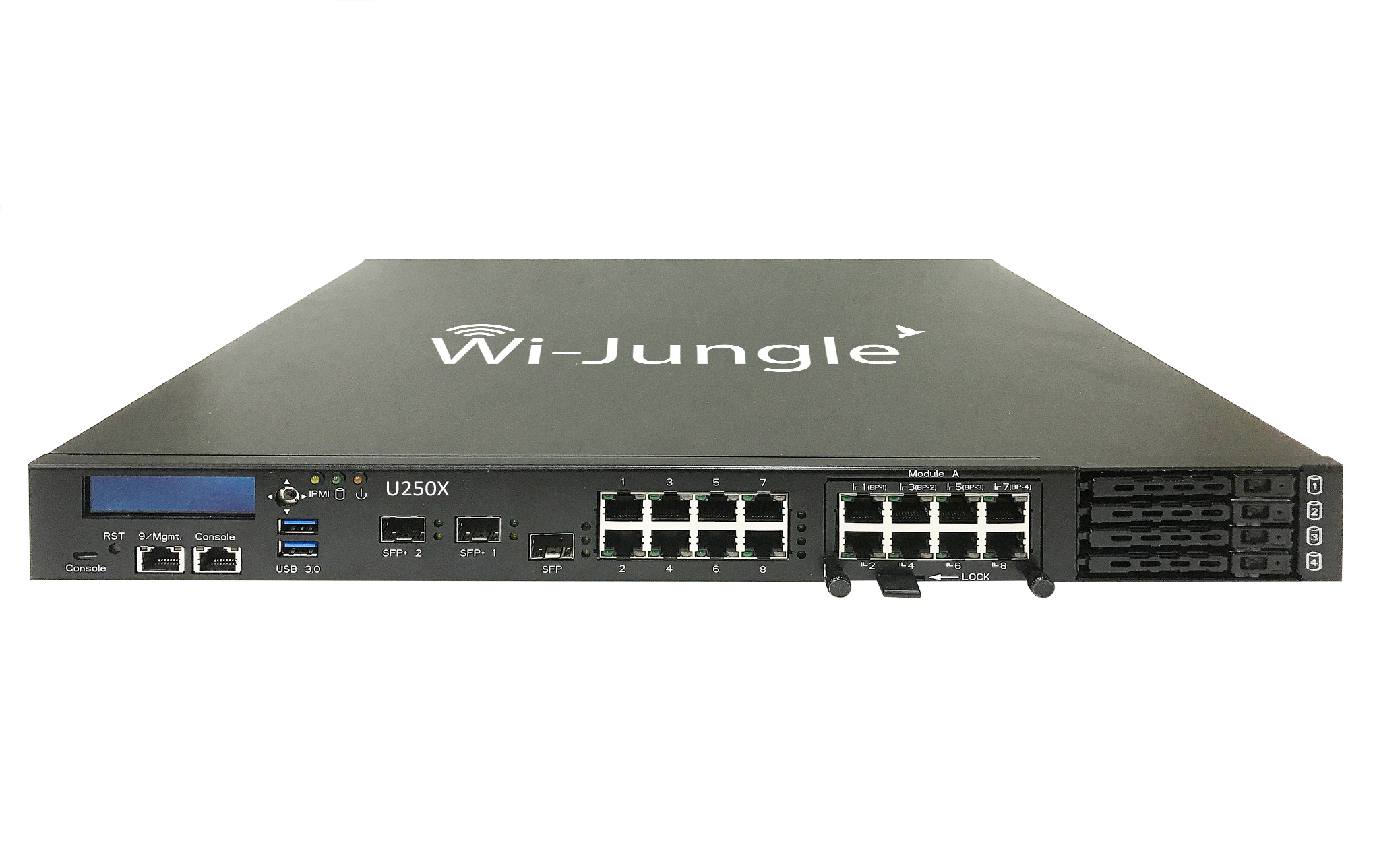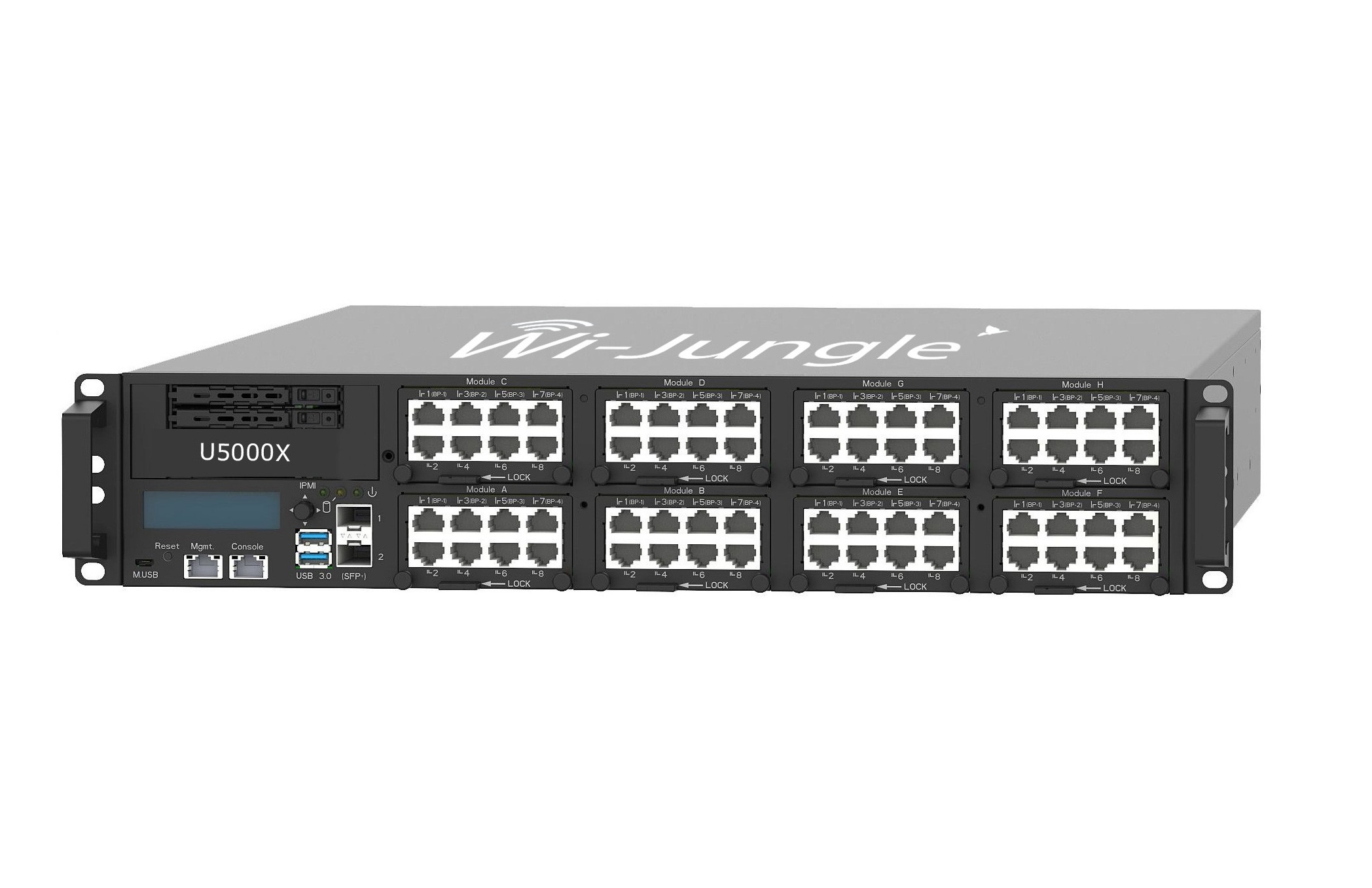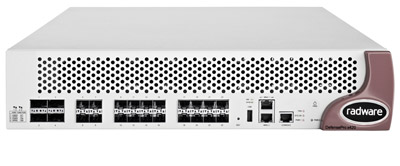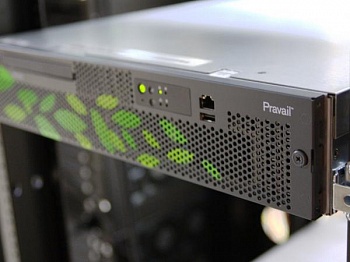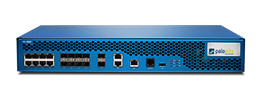
Values
Reduce Costs
Ensure Security and Business Continuity
BIG-IP Local Traffic Manager
BIG-IP Local Traffic Manager (LTM) gives you a depth of understanding about your network’s application traffic and control over how it’s handled.
About Product
Description
BIG-IP Local Traffic Manager (LTM) gives you a depth of understanding about your network’s application traffic and control over how it’s handled. It transforms the chaotic volume of network traffic into logically assembled streams of data, and then makes intelligent traffic management decisions, selecting the right destination based on server performance, security, and availability.
Yes, BIG-IP LTM enables sophisticated load balancing. But, that’s just the beginning.
Full proxy means full power.
If you can see it, you can manipulate it.
Because BIG-IP LTM is a full proxy, you can inspect, manage, and report on application traffic entering and exiting your network. From basic load balancing to complex traffic management decisions based on client, server, or application status, BIG-IP LTM gives you granular control over app traffic.
For example, if you want to direct traffic based on the requested URL or log specific server responses to a reporting system, BIG-IP LTM has the architecture and the tools you need to do it.
Operational efficiency? Check.
BIG-IP LTM can optimize the speed and reliability of your applications via both network and application layers.
Using real-time protocol and traffic management decisions based on application and server conditions, extensive connection management, and TCP and content offloading, BIG-IP LTM dramatically improves page load times and the user experience.
Whether it’s negotiating high-latency networks or offloading millions of connections, BIG-IP LTM can improve the performance of your infrastructure and your applications.
The SSL performance of BIG-IP LTM lets you cost-effectively protect the end-to-end user experience by encrypting everything from the client to the server. It also scales on-demand and absorbs potentially crippling DDoS attacks.
Often SSL is turned on throughout the network. Thing is, most network security devices aren’t built to detect malicious traffic in layers 4–7. Separating the good and bad traffic is the first problem, taking action on the malicious traffic is the second.
BIG-IP LTM includes levels of inspection necessary to block bad traffic and allow good traffic to pass through.
